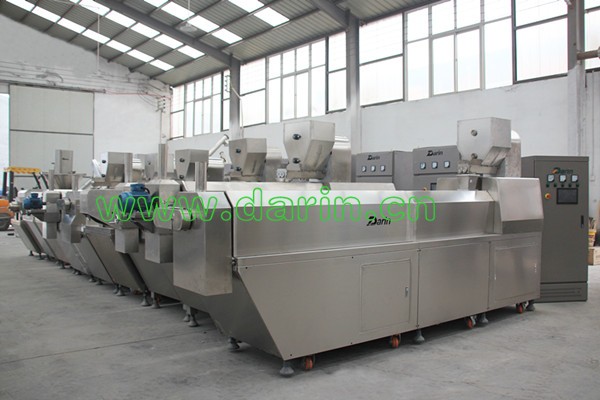News from Fluke Corporation. At present, Fluke brand "Ti480" model and "TiX580" model developed by Fluke have two 640*480 pixel resolutions, and can achieve higher resolution through super pixel and precision displacement imaging technology respectively. 4x pixel boost for clear, ultra-high-definition infrared images for engineers in industries such as industry, process, research, utilities, and building inspection.
On the Ti480 model, Fluke integrates 640*480 resolution into a rugged, hand-held design. The camera enables fast, one-handed operation for easy and accurate multiple inspections.
On the TiX580 model, the 240-degree swivel screen allows engineers to easily view, preview and capture images above, below and around objects. Compared to the standard 3.5-inch screen, the 5.7-inch screen of the TiX580 thermal imaging camera has a 150% increase in viewing area, enabling engineers to quickly identify problems on the spot and edit images directly on the camera, saving on previous The time it takes to return to the office for processing. At the same time, the TiX580 model MATLAB and LabVIEW software are also compatible with the new Fluke Connect desktop software distributed with the device, allowing users to integrate camera data, infrared video and infrared images to support related operations.
In addition, both the “Ti480†model and the “TiX580†model are equipped with MultiSharp multi-point focusing function, which allows users to take multiple images at the touch of a button, and then the camera automatically Combine multiple images into one, ensuring that both near and near objects are in focus and that clear images are obtained under all conditions.
Brief Introduction
Food Extrusion is a form of extrusion used in food processing. It is a process by which a set of mixed ingredients are forced through an opening in a perforated plate or die with a design specific to the food, and is then cut to a specified size by blades. The machine which forces the mix through the die is an extruder, and the mix is known as the extrudate. The extruder consists of a large, rotating screw tightly fitting within a stationary barrel, at the end of which is the die.
Extrusion enables mass production of food via a continuous, efficient system that ensures uniformity of the final product. Food products manufactured using extrusion usually have a high starch content. These include some pasta, breads (croutons, bread sticks, and flat breads), many breakfast cereals and ready-to-eat snacks, confectionery, pre-made cookie dough, some baby foods, full-fat soy, textured vegetable protein, some beverages, and dry and semi-moist pet foods.
Process
In the extrusion process, raw materials are first ground to the correct particle size, usually the consistency of coarse flour. The dry mix is passed through a pre-conditioner, in which other ingredients are added depending on the target product; these may be liquid sugar, fats, dyes, meats or water. Steam is injected to start the cooking process, and the preconditioned mix (extrudate) is then passed through an extruder. The extruder consists of a large, rotating screw tightly fitting within a stationary barrel, at the end of which is the die. The extruder's rotating screw forces the extrudate toward the die, through which it then passes. The amount of time the extrudate is in the extruder is the residence time.
History
The first extruder was designed to manufacture sausages in the 1870s. Packaged dry pasta and breakfast cereals have been produced via extrusion since the 1930s, and the method was applied to pet food production in the 1950s. It has also been incorporated into kitchen appliances, such as meat grinders, herb grinders, coffee grinders, and some types of pasta makers. A similar functional process occurs when using pastry bags.
Effects
Extrusion enables mass production of food via a continuous, efficient system that ensures uniformity of the final product. This is achieved by controlling various aspects of the extrusion process. It has also enabled the production of new processed food products and "revolutionized many conventional snack manufacturing processes". The extrusion process results in "chemical reactions that occur within the extruder barrel and at the die.
Machine Photo:

Corn Flakes Extruding Line,Corn Flakes Production Line,Core Filled Food Extruder,Food Extruding Machine
Jinan Darin Machinery Co., Ltd. , https://www.globaldarin.com